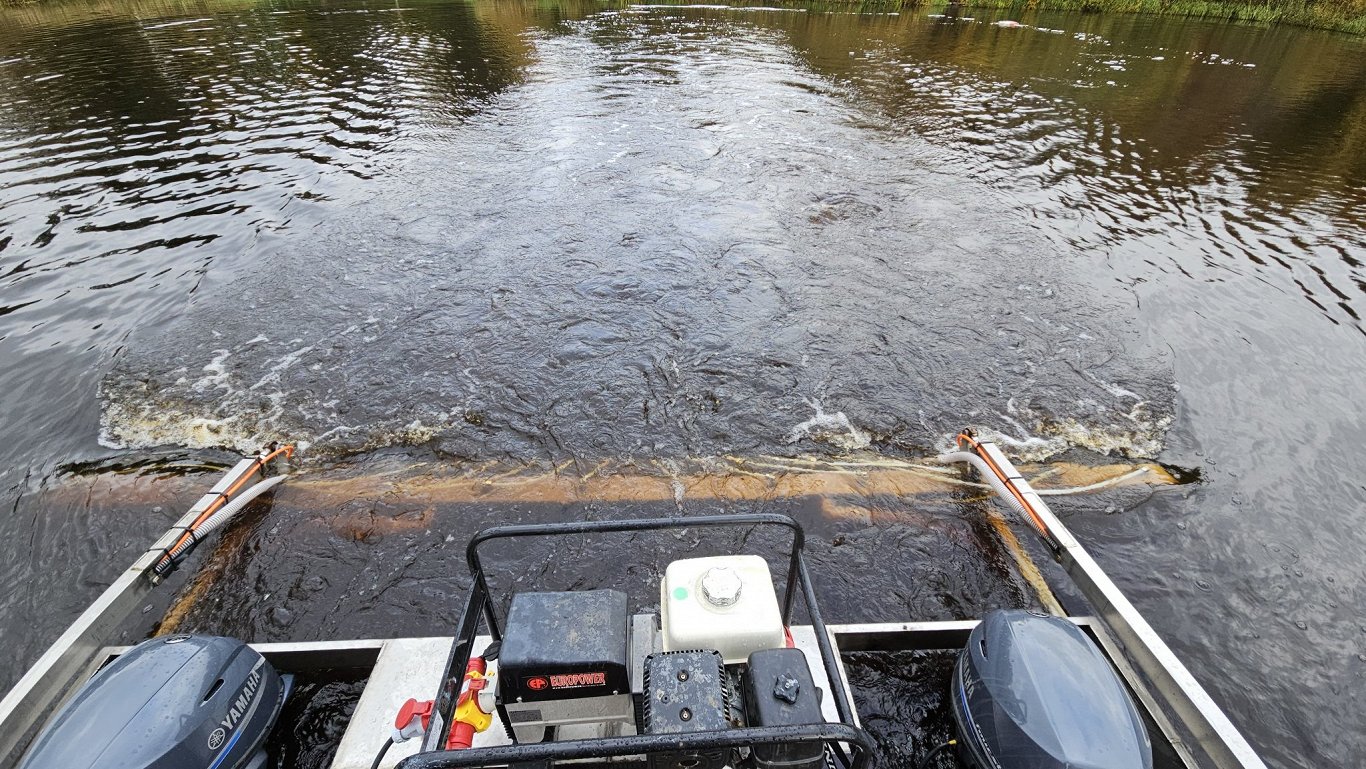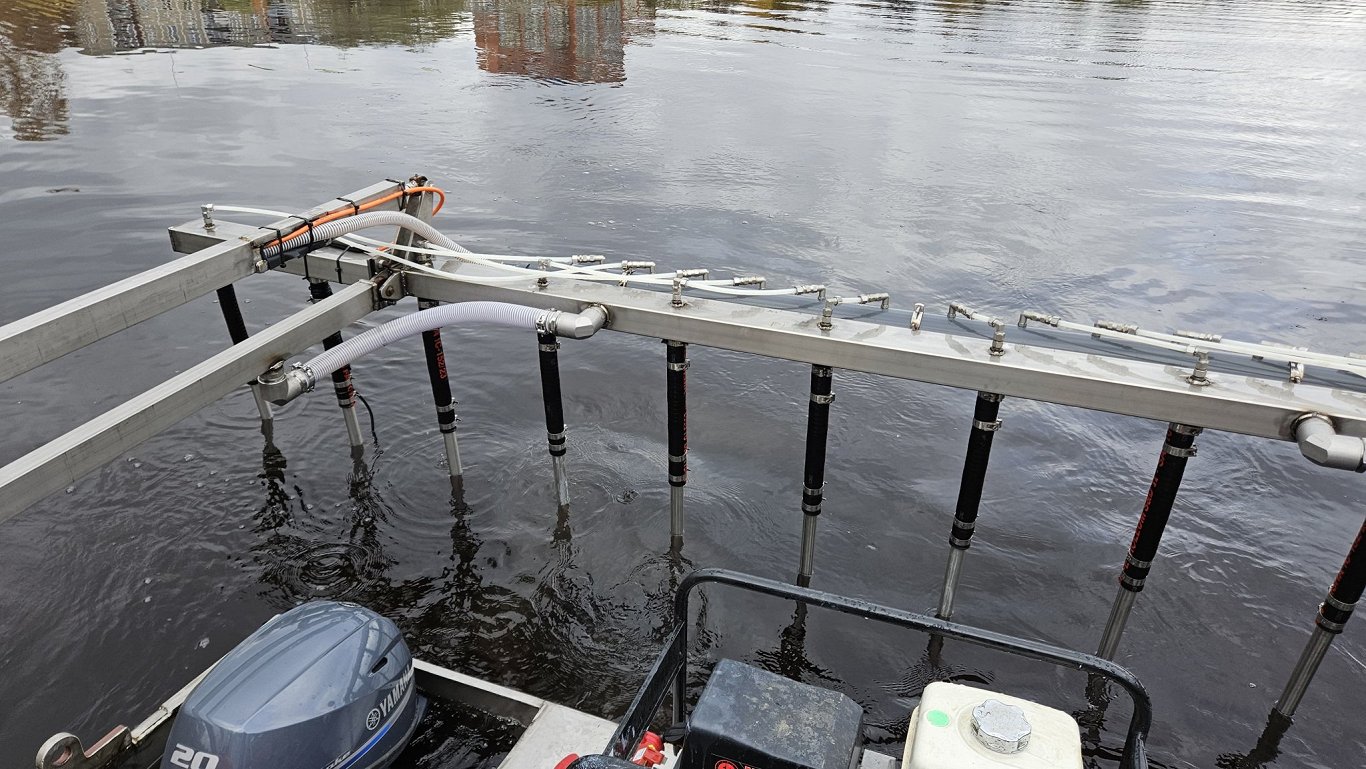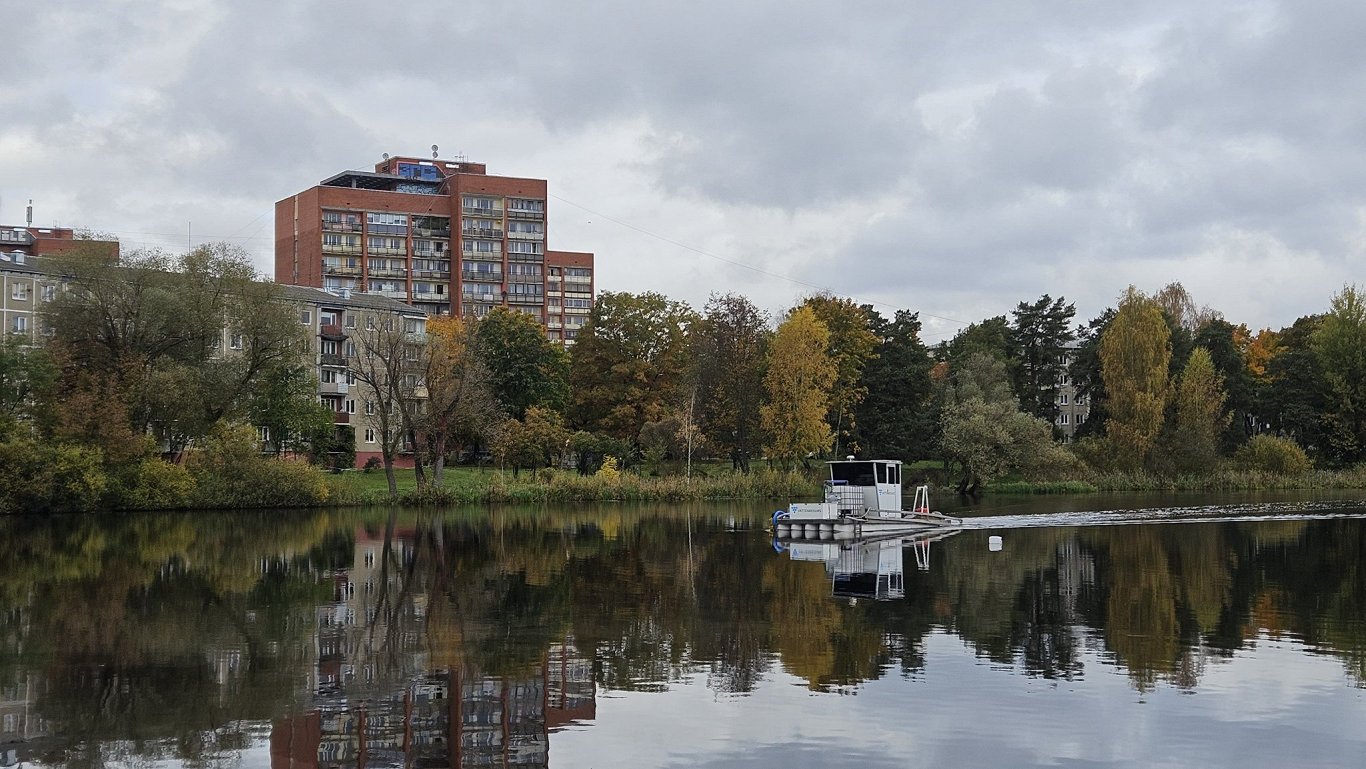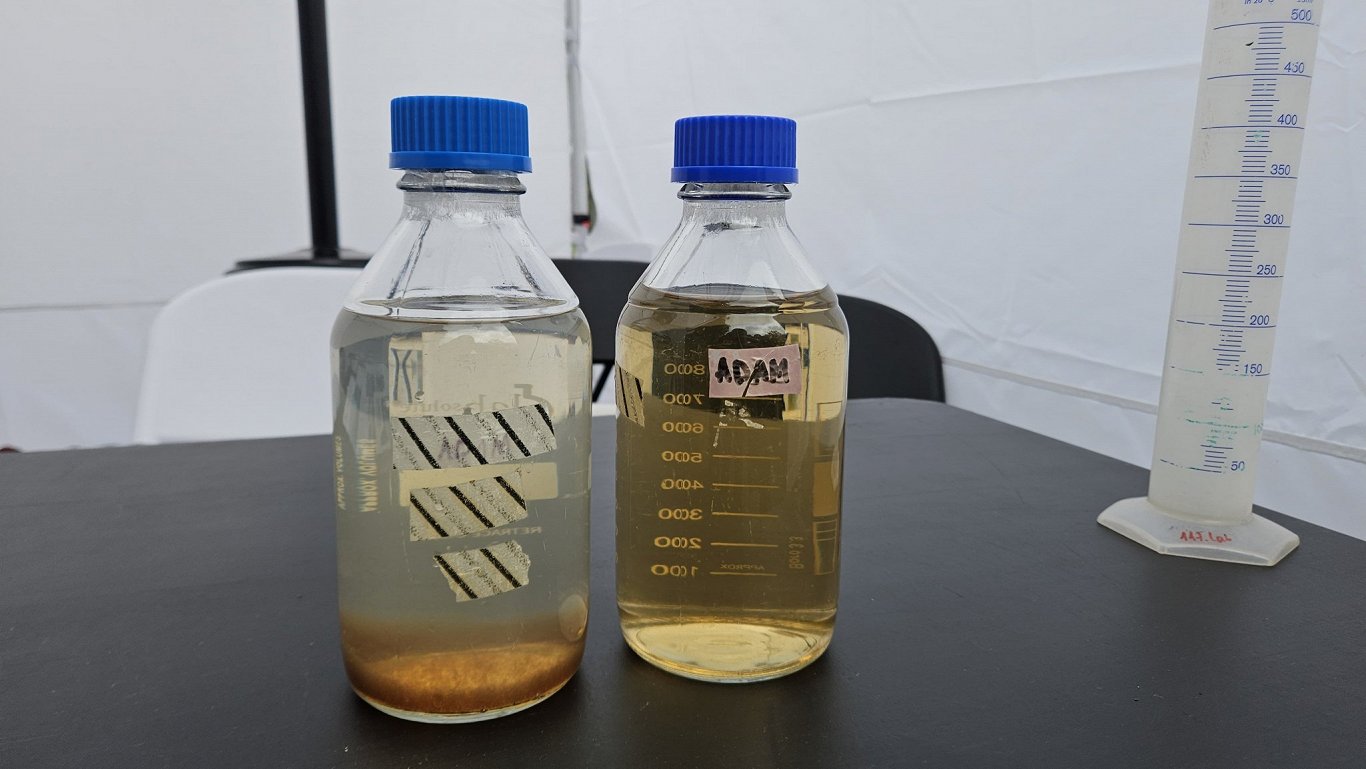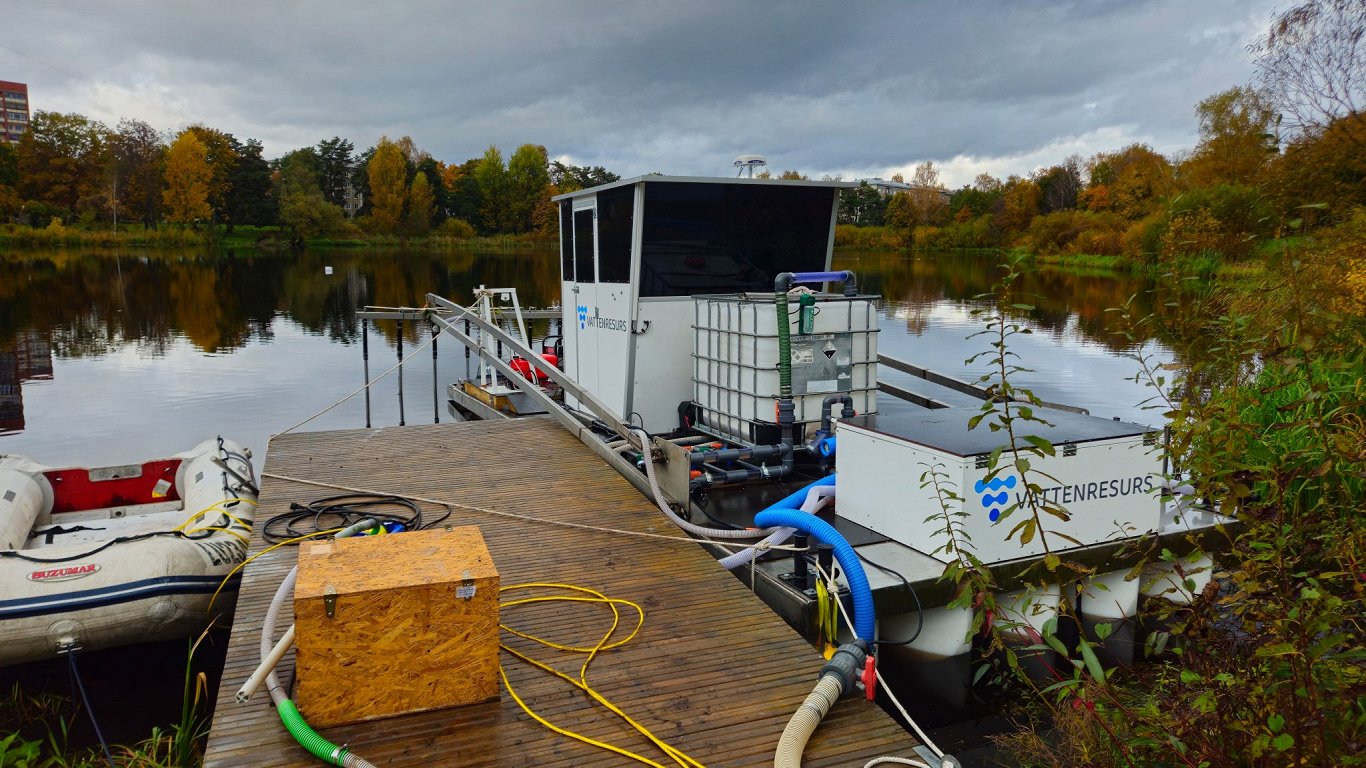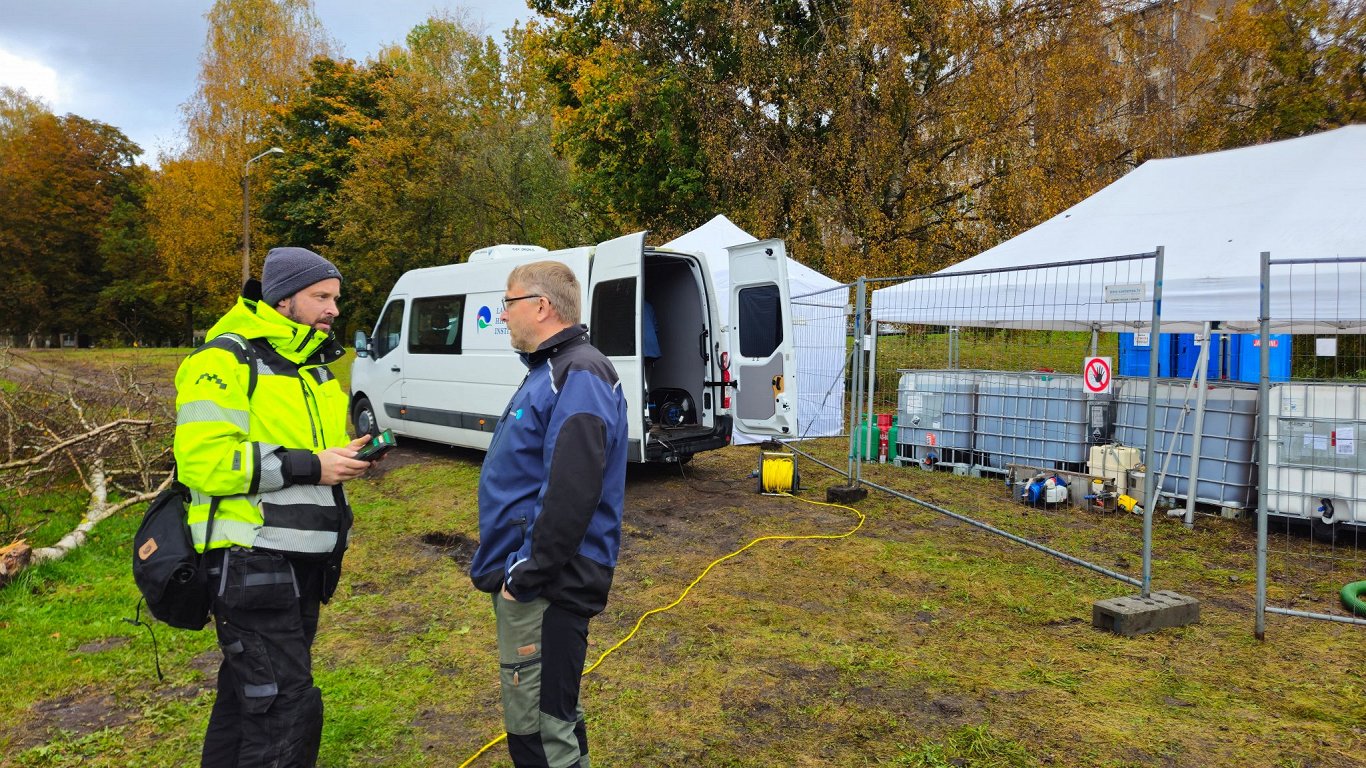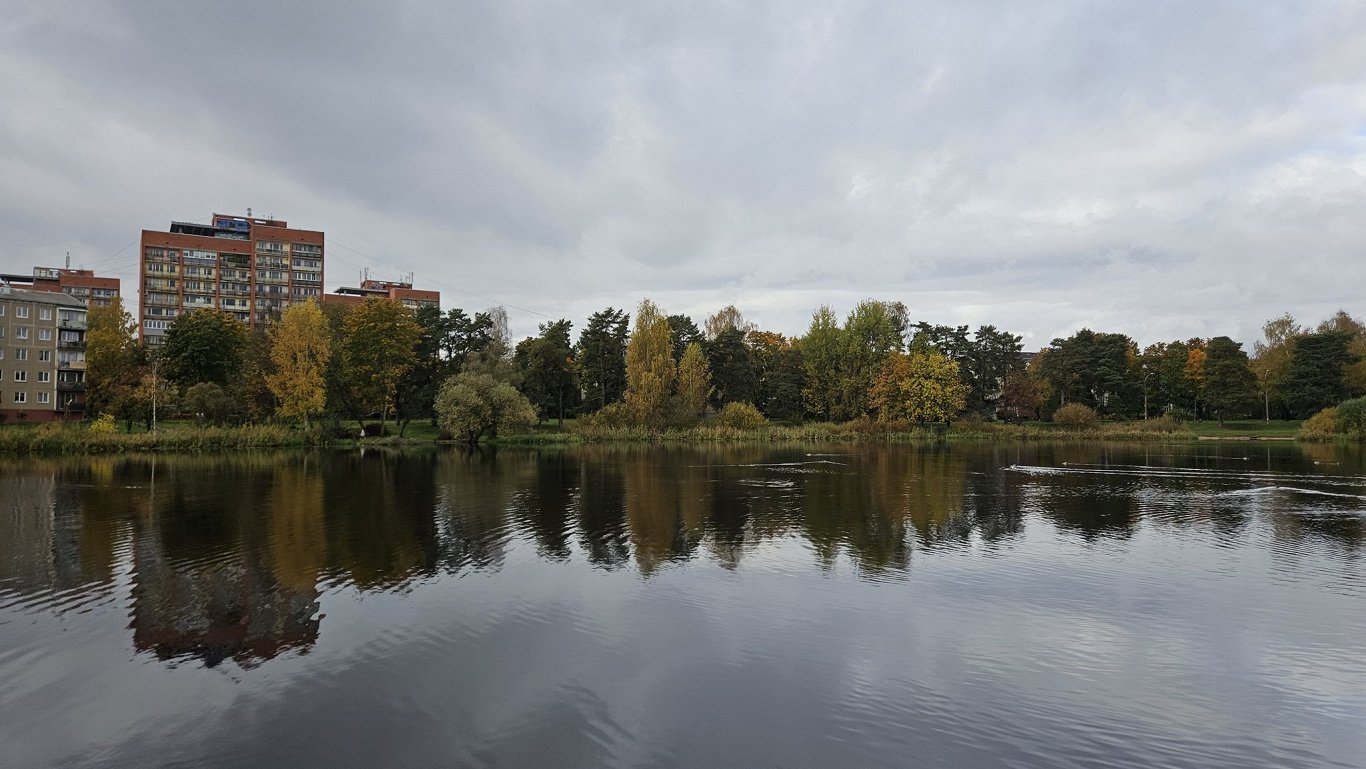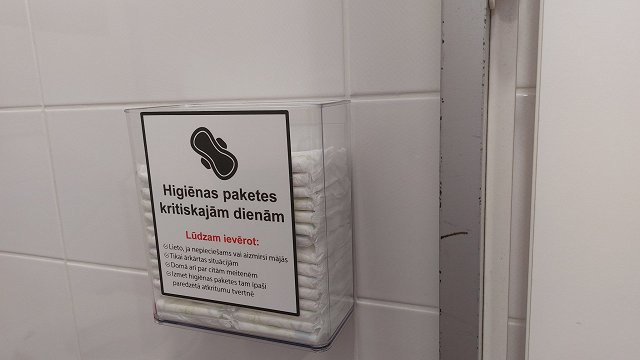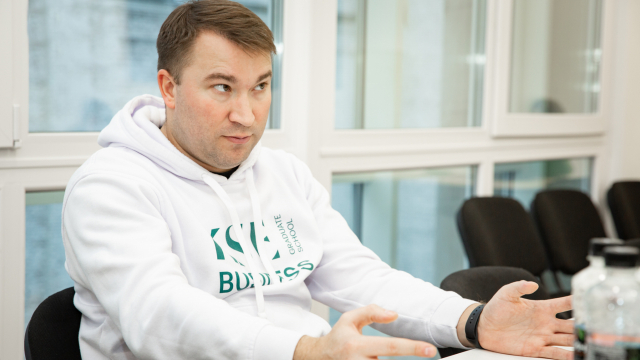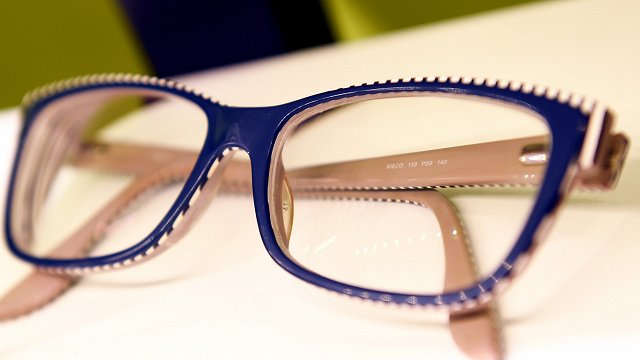The water in the lake as it is now is highly polluted with phosphorus. But the result will be noticeable in a few days - clear water in the lake.
"When this compound comes into contact with the water, it just starts to form a kind of flake, we call it floccule, which sinks down. And it is the phosphorus that binds to these flakes, the phosphorus compounds that will bind and stay in the ground," explained Juris Tunēns of the Latvian Institute of Aquatic Ecology.
Aluminum salts are deposited in the lake using a special device.
The phosphorus collected will stay there and the purity of the water will be maintained. The lake has been polluted for a long time, since the days when there was farmland instead of apartment blocks. Laundry has been washed there, horses have been bathed and the water has been polluted in other ways. In addition, the lake has no passage and there is no exchange of water.
Residents have asked the researchers whether the method used is harmful and whether they will be able to swim in the lake. They will be able to do so as soon as the work is finished, but it is not recommended while the cleaning boat is in the lake.
The clean-up was planned for spring this year. One of the main reasons why this did not happen was the need for a smaller boat. The lake shore is marshy and it was too challenging to bring out a bigger boat as the equipment sank into the wet ground.
The State Environmental Service stresses that changes to the Cabinet Regulations have been proposed to include this method of cleaning.
"There is no silting of sediment, no taking out of the bottom, no digging up of aquatic plants, but the water quality is improved by a rather gentle method," explained Dace Rudusa, Director of the Construction and Development Department of the Environmental Service's Permits Office.
According to the Environmental Service's assessment so far, no negative impacts are expected from this method.
"In principle, the same polyaluminium chloride is used to purify drinking water, so we are not dealing with some horrible, unknown process here," added Juris Tunēns.
More than €11,000, most of it project money, is earmarked for the treatment of the lake.
